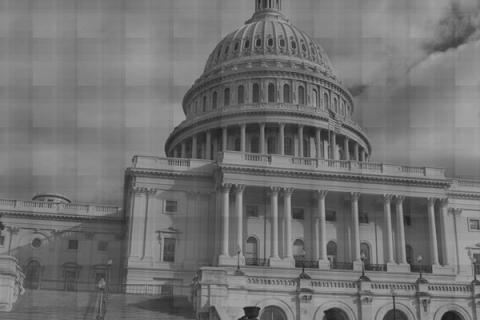In a perfect world, we’d all be covered by health insurance plans that cost little or nothing, provide excellent coverage with low or no co-pays and are guaranteed for life. In California, that world isn’t a fantasy. It’s the normal life of retirees who worked under the CalPERS pension and benefits system that protects most state workers. It’s a great system that – to some – represents the ideal way to meet the healthcare needs of an aging population.
Except for one problem: the cost.
CalPERS invests the money that workers put into the pension plan in the hope of covering today’s costs as well as future costs of retiree pensions and health insurance. In boom times, the investments have paid off. But CalPERS is currently in the hole. And when CalPERS is bleeding red, the state treasury is mandated to contribute whatever is required to pay for the guaranteed health benefits of retirees.
In 2008, the CalPERS investment trust took a $56 billion dollar loss. And just a few days ago, the Associated Press reported that the state is currently on the hook for $52 billion to pay for this year’s retiree benefits. There’s plenty of blame to go around. Some commentators put the onus on the legislature for over-sweetening the benefits package for state workers back in 1999. But according to Elizabeth Kellar, President and CEO, Center for State and Local Government Excellence, it takes the kind of retirement package offered by California to attract quality workers. While there are stories about highly paid state workers and exorbitant overtime hours, the truth is that most state workers are modestly paid in comparison with their corporate counterparts. The benefits and retirement packages are intended to close the gap.
Kellar also points out that California’s state workers are bucking the national trend to put off retirement later and later. State workers in California are electing to take retirement earlier, thus putting even more pressure on underfunded pension funds.
A debate is raging over the need to pre-fund pension costs out of current state revenues, versus the more common practice of having the contributions of active workers to the CalPERS pension fund help pay for retirees’ benefits. Marcia Fritz, President, California Foundation for Fiscal Responsibility, calls the latter approach “unconscionable” and suggests that both union workers and management would be well-served by insisting that every dollar promised be pre-funded. Of course, she also acknowledges that this approach would force a reduction in pensions and retiree health care benefits. Fritz believes in curbing the excesses of California’s pension program, and recently began publishing a list of nearly 5,000 pensioners who receive six-figure payouts from CalPERS annually.
State of California retirees see the situation differently. They look at friends who are struggling to pay for health insurance and medical bills and feel fortunate to have stuck with their state job long enough to become vested in the pension plan. One retired state worker told me that he has faith in CalPERS and believes the agency is funded adequately to survive the current dip in the market. And he views the state’s obligations to retirees on a par with the federal government’s obligations under Social Security. “It’s guaranteed”, he said. Beyond that, he doesn’t plan to spend a lot of time thinking about the process or its problems. He’s enjoying the kind of security in his retirement that all of us hope for.
Kellar praises state governments with strong pension plans such as CalPERS, and notes that “the best managed state and local governments have, in fact, been model employers. They have been leaders in finding ways to save health care costs through rigorously structured wellness programs, disease management and care coordination.”
But pension costs are threatening to overtake all other state budget items in the near future unless they are brought under control, or funded more rationally. So, while we may have created a model retirement plan, we have yet to determine how to pay for it.
